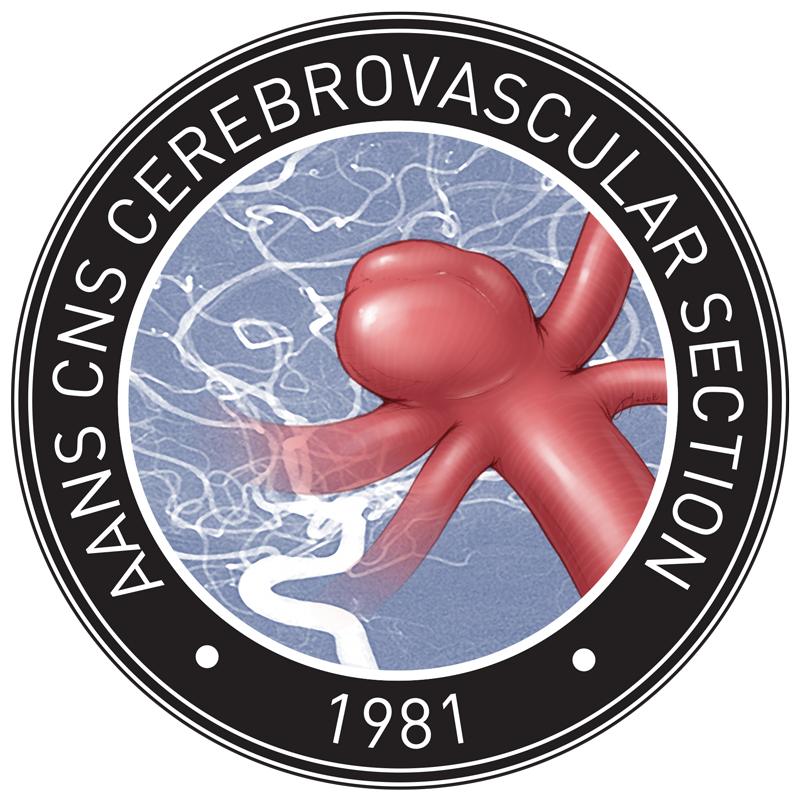Accuracy in Identifying the Source of Subarachnoid Hemorrhage in the Setting of Multiple Intracranial Aneurysms

In the setting of a patient with aneurysmal subarachnoid hemorrhage and multiple intracranial aneurysms the hemorrhage pattern is often the indicator of the symptomatic lesion. However, in the setting of an indeterminate hemorrhage pattern identification of the ruptured aneurysm relies on the angiographic appearance of the lesions including size, morphology and location. Over a 10-year period at a single institution a 151 patients with subarachnoid hemorrhage treated with microsurgical clipping had multiple aneurysms. There was a female preponderance identified (81.5%) and a mean number of 3.4 aneurysms. 13 patients (16.2%) with non-definitive hemorrhage patterns on CT had disconcordance between intra-operative findings. The positive predictive value for accurately identifying the true source of rupture based on imaging is 83.8%. Morphologic features are often used to judge aneurysms at greater risk for hemorrhage such as size, secondary dilatations, and irregular contours. However this study reveals that the source of rupture may be misidentified, as was the case in 8.6% of the cases in this study. New reports suggest that specific MRI sequences may help distinguish ruptured aneurysms in patient’s with multiple aneurysms, including vessel wall imaging using contrast, susceptibility weighted imaging or black blood sequences. Microsurgical clipping may be preferential in the setting of indeterminate imaging for the source of rupture in patients with multiple intracranial aneurysms to ensure appropriate treatment and identification of the symptomatic lesions. Endovascular treatment may be appropriate if all aneurysms can be safely treated with embolization concurrently.
